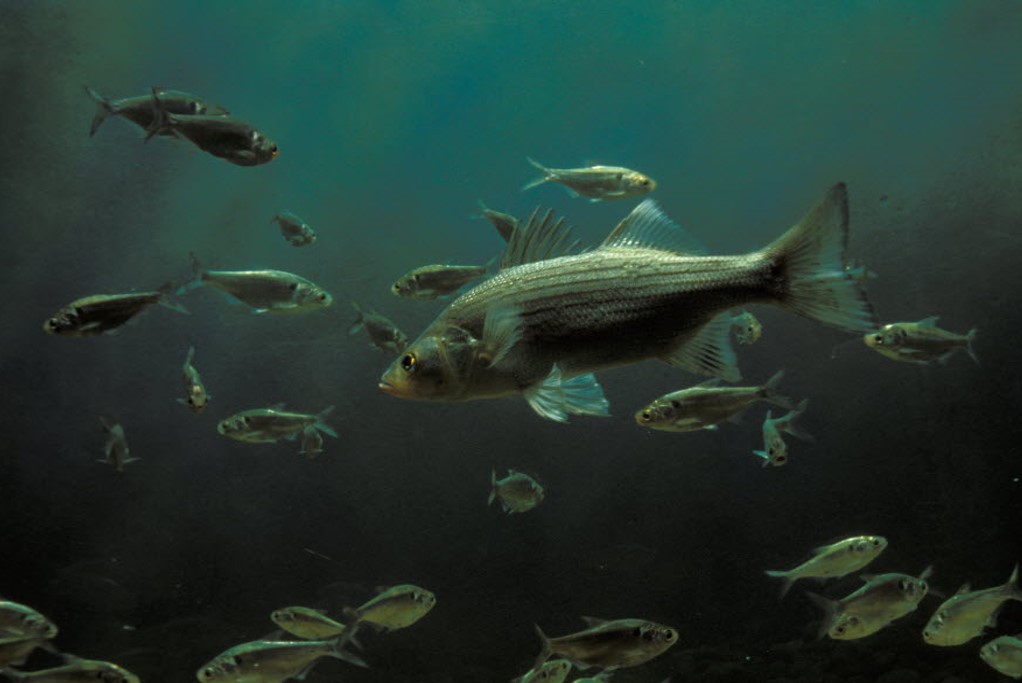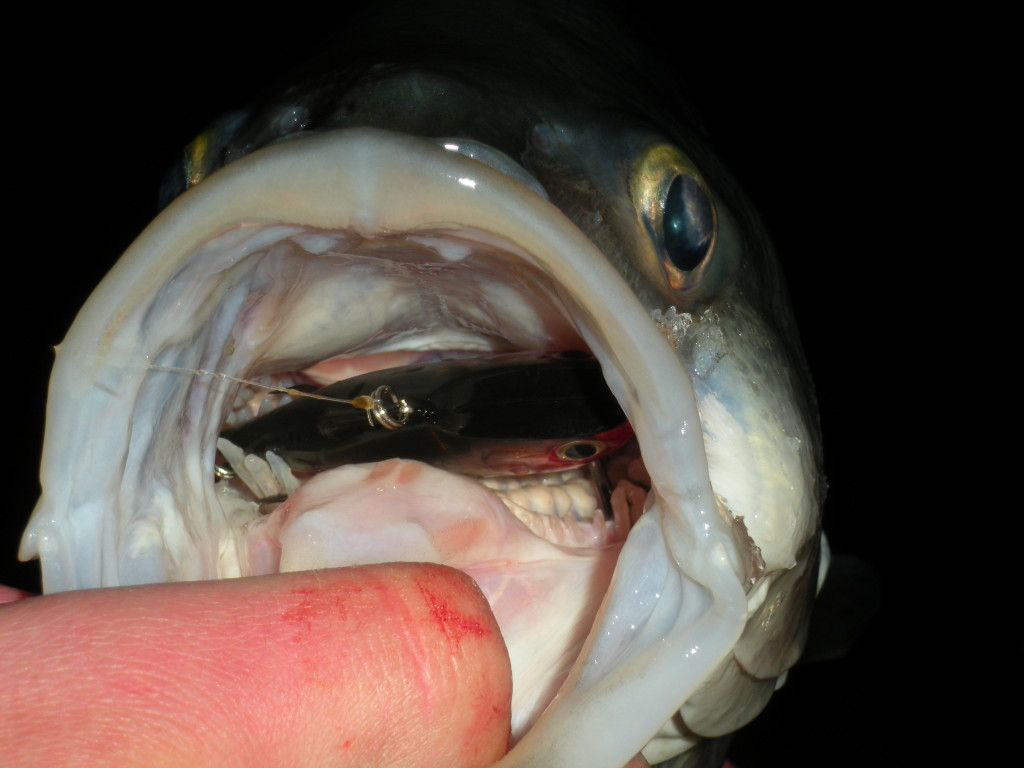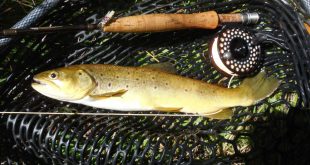If you are interested in fishing, you have probably asked, or been asked, a million times if the fish are biting? I am betting I have been asked 10 million.
You likely have heard some smart alec reply that “they are always biting”.
Guess what? The smart alec is right! Decorum dictates that I usually cannot give that answer no matter how much I would like to.
Seriously, fish have to eat, they have to take in energy to survive. If they quit biting for very long, one morning they wake up dead.
There was an old “Far Side” cartoon where a crocodile was being examined in court on the witness stand. The croc replied to the prosecuting attorney, “Of course I killed ’em in cold blood. I am a reptile!” Simply put, they are predators and predators have to “predate”.
Yes, the fish are always biting, so why can’t you catch ’em?
Well, one humbling reason is that fishing can be very inefficient, and the worse the angler, the more inefficient they are. Think about it. You are casting a hook into millions of gallons of water hoping a fish is there. Hoping that fish takes the hook into its mouth. On second thought, don’t think about it–you might give up because it seems so unlikely.
Obviously, there are a lot of things you can do to swing the odds from being equal to winning the lottery to being likely to catch fish. It starts with understanding the fish you are pursuing and their habitat preferences. It also starts with an understanding of Optimal Foraging Theory.

I have blogged about Optimal Foraging Theory before. Usually, I reference it when saying I am a believer in big baits for big fish. As I said already, in order to survive, fish have to take in more energy than they expend. Optimal Foraging Theory predicts that fish choose, select food items, practice feeding behavior, that gives them the greatest return of energy per energy expended. They cannot afford to burn energy unless they are likely to capture prey. Therefore, like any predator, they spend a lot of time conserving energy. They wait for opportunities when they are most likely to be successful capturing prey. While they are waiting, they may not be biting.
Actively feeding fish are likely to be “mobile, agile, and hostile”. Inactive fish will “hang out near the bar.”
Actively-feeding fish may move several feet to grab a bait. Inactive fish may not bite even if a lively, natural bait is presented right on their nose.
Fortunately, most of the time, not all fish in a population are doing the same thing. Oh sure, there are times when the majority of them are inactive and are going to be tough to catch. But, even then there might be a small percentage that will take the perfect bait presented in the perfect place in the perfect manner. Also fortunately, there are times when most fish in a population are “snapping”! Efficiency and success come from knowing when it is best to cover lots of water for actively feeding fish, and when it is best to hunker down in key spots and work for a bite.
Right time
Yes, I believe there are times when fish are darned near impossible to catch. Weather trumps everything. This week we have been reminded about that, again. There are places in Nebraska that went from 100+ degrees last weekend to snow on Tuesday. If you got out to fish after that weather swing, I am betting you found a very tough bite. The good news is fish feed in the fall to get ready for winter and next year’s spawn, and shifts to cool weather will spur that activity.
Stable weather patterns and water conditions tend to produce consistent feeding activity. Those are the times when you can identify productive fishing patterns and repeat them from day to day. But, the only “constant” in nature is change. You can be sure the conditions and the bite will change. When it does, you likely will have to start looking and working through options again.
If you are a believer in solunar periods, moon phases, “magic” weather variables, or the conjunction of Mars and Venus, that is fine. You are more likely to catch fish when you are confident. Just remember that if you wait for conditions to be just right, you will not spend much time on the water. The best time to fish is whenever you have time, and nothing beats time on the water.
Do not wait to hear the fish are biting! That is the quickest way to arrive at “you shoulda been here yesterday”. Identify waters with good potential, fish them during prime times. You make the reports.
Yes, early and late in the day can be prime times for feeding activity. However, that can depend on the time of year and species being pursued. Midday and late afternoon can be prime times too, it just depends. Likewise, there are prime calendar periods throughout the year, times when you are more likely to catch fish, catch big fish. That also depends on the species of fish and the habitat in which they are found. For example, early spring is one of the best times to bust big largemouth bass in pits and ponds; fall one of the best times for big walleyes in lakes and reservoirs.
Right place
Try to think of fish activity in response to different stimuli–weather, water conditions, presence/absence of prey. If the wind shifts where might active fish be feeding? If water flows change where will they go? What are the fish eating and where can they find that prey? Where can they easily capture that prey? Finding enough prey to survive and grow, and avoiding being eaten themselves drives fish behavior most of the time.
An abundance of prey almost always shouts “this is a good spot”. However, keep in mind that abundant prey means fish do not have to feed long in order to be full. When they are full, they will conserve energy waiting for the next feeding window. Which takes you right back to being in the right place at the right time. Play your hunches and when you find what you believe to be a good spot, keep going back to it at different times. Sooner or later, you and actively-feeding fish will be there at the same time, and the bite will be phenomenal.
Right presentation
There are a million baits and lures for catching fish.
They all work in the right place and right time. Every one of those million baits and lures are different tools for different situations.
Basic presentation theory starts with fishing at the right depth and the right speed. Generally, if the fish are in 25 feet of water they are not going to come all the way to the surface to bust a top-water bait. Also, in general, you can fish faster presentations for active fish; slow down and go more natural for inactive fish.
Yes, “matching the hatch” is always a good idea. Just remember that matching the behavior of the prey, depth and speed, is probably more important that using the real thing or an artificial that looks exactly like the prey. Get the depth and speed right and then experiment with size, action, and lastly color.
“Listen” to the fish. They will tell you when you get it right!
 Nebraskaland Magazine
Nebraskaland Magazine





